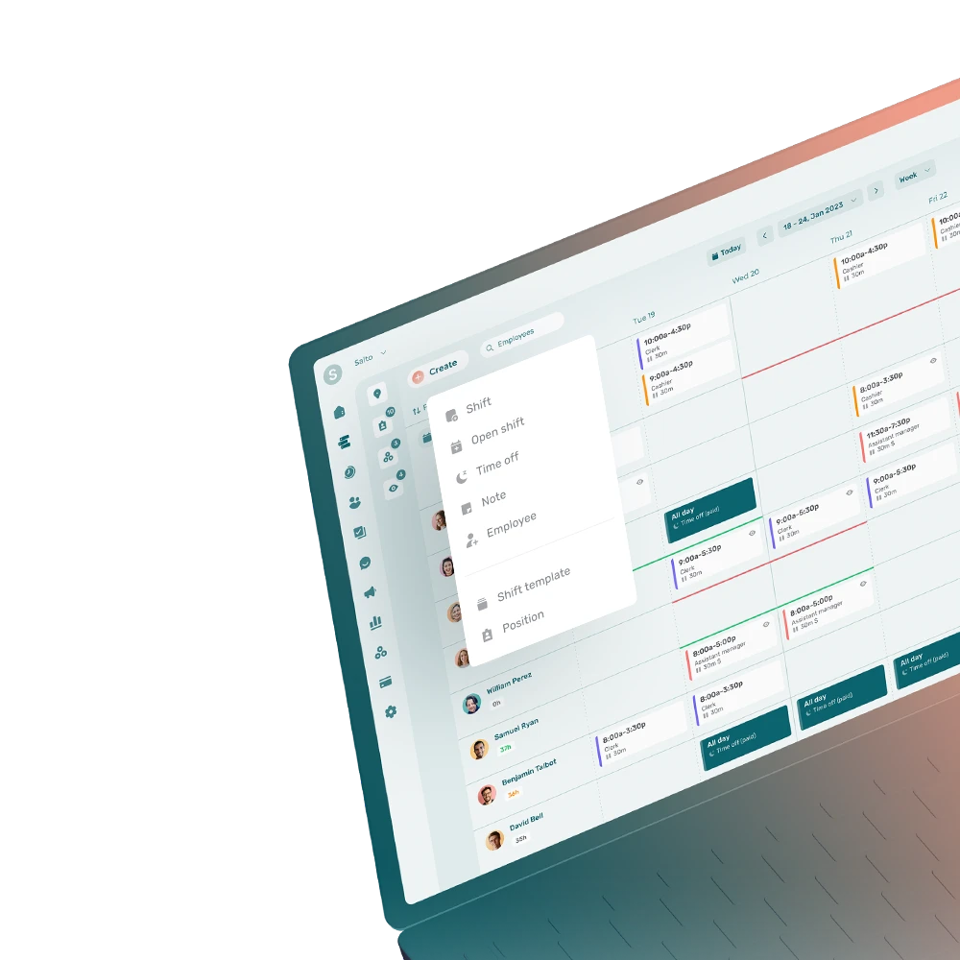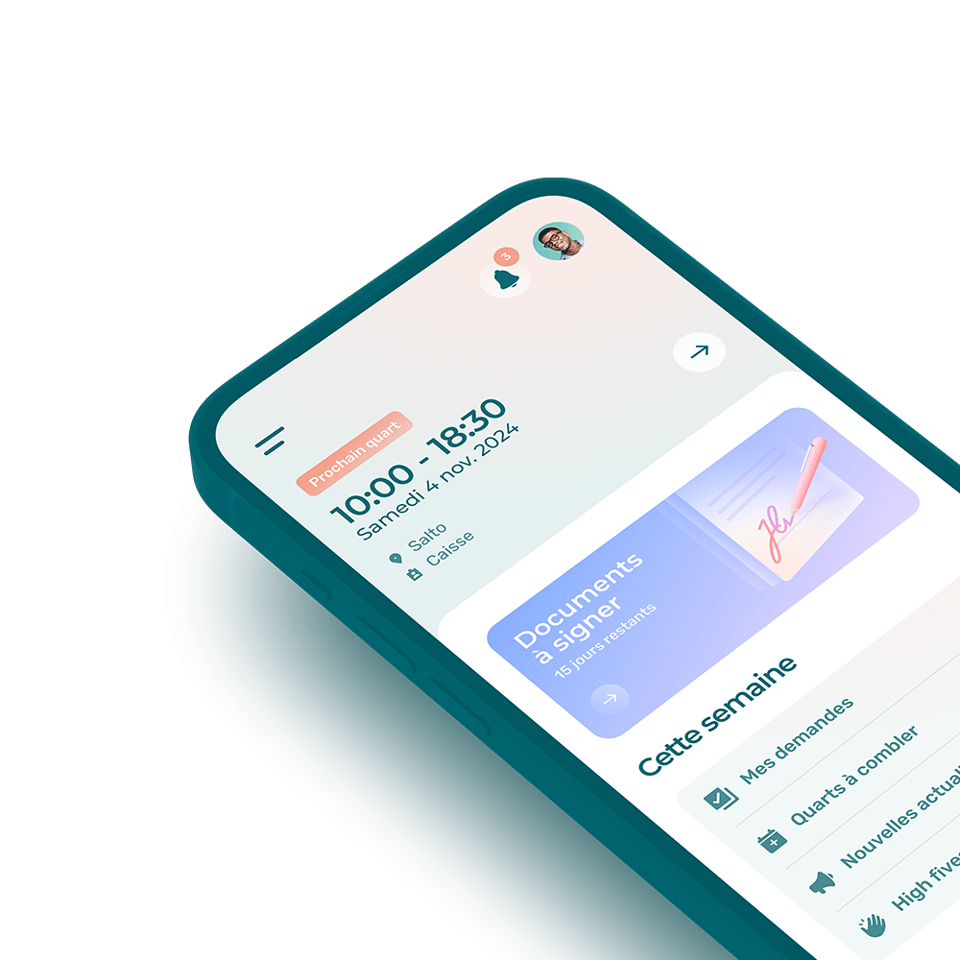An unconscious bias is a belief, prejudice or stereotype that a person holds without realizing it.
What Is Unconscious Bias at Work?
Unconscious biases in the workplace include:
- Affinity bias, or similarity bias: the belief that a person will perform well because they have a similar personality to the rest of the team, for example.
- Ageism: the tendency to have negative apprehensions about working with an older person.
- Expectation bias: finding that candidates ask for salaries that are too high in relation to what the company would like to offer, for example.
- Attribution bias: expecting an employee to always act in a certain way because of early judgment.
- Authority bias: giving greater weight to the opinion of someone in a position of authority.
- Beauty bias: judging a person’s competence and performance on the basis of their physical appearance.
- Conformity bias: the tendency to act in the same way as others because of social pressure.
- Gender bias: prejudice against women or men.
- The halo effect: the tendency to admire someone because of one of their achievements.
- Size bias: the tendency to value people according to their size.
- Confirmation bias: the tendency to seek out and use information that confirms our opinions and expectations.
What Are the Most Common Unconscious Biases?
The most common unconscious biases include:
- Bias towards one’s own aptitudes and abilities
- Bias towards others’ differences: age, gender, origin, name, etc
- Bias towards the behavior of others
- Bias towards physical appearance
What Is the Impact of Unconscious Bias at Work?
The impacts of unconscious bias in the workplace are numerous. They can include:
- Discrimination
- Missed opportunities
- Decreased self-confidence
- Decreased performance
- Inability to achieve certain goals
- Creation of a toxic work environment
How to Reduce Unconscious Biases in the Workplace?
Strategies to reduce the impact of unconscious bias at work include:
- Encouraging introspection among employees
- Offering awareness training
- Creating an open and transparent work environment
- Encouraging discussions of unconscious biases
- Promoting diversity within a company by updating recruitment processes
What Are the Different Types of Bias?
The different types of bias include:
- Opportunity bias: making decisions as quickly as possible without taking the time to analyze all the relevant information.
- Similarity bias: choosing things that are similar or familiar to us.
- Experience bias: making decisions based solely on personal experience.
- Distance bias: favoring things that are close to our reality.
- Safety bias: avoiding risk-taking in favor of success.
What Are Some Examples of Unconscious Bias?
Examples of unconscious bias include:
- Rejecting resumes from people with names from other countries
- Offering a lower salary to someone from a visible minority
- Giving less weight to the opinion of certain people because of their origin or gender







